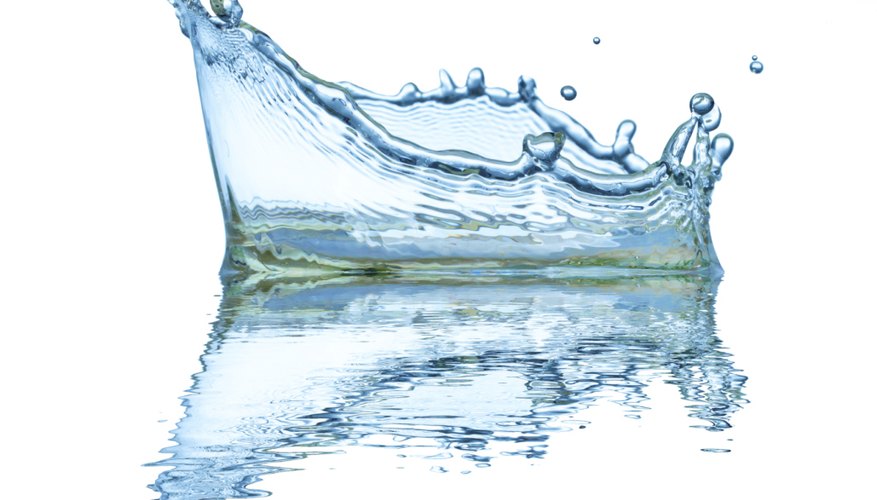
To find the exact cp of your fluid: cp = cSt x (weight per gallon x 0.120). How do you convert Centipoise to centistokes?Ĭentipoise = centistokes x specific gravity where specific gravity is assumed to be 0.8 (except for water). There are several formulas and equations to calculate viscosity, the most common of which is Viscosity = (2 x (ball density – liquid density) x g x a^2) ÷ (9 x v), where g = acceleration due to gravity = 9.8 m/s^2, a = radius of ball bearing, and v = velocity of ball bearing through liquid. Measurement alternatives Typical Viscosity in cP∗∗ degrees F (degrees C) What is the viscosity of crude oil in Centipoise? The most common unit in the United States is the Sabolt Universal Seconds (SUS) or Sabolt Seconds Universal (SSU), which is measured with a Saybolt Viscosimeter. Saybolt Universal Seconds (SUS), which is the time in seconds for 60 milliliters of oil to flow through a standard orifice at a given temperature.
Ssu to cst viscosity conversion iso#
This viscosity system is still in limited use, although it has been generally replaced by the ISO grading system.

Although the two terms are regularly interchanged, which is further complicated due to 1 cP being equal to 1 cSt, they are in fact two slightly different terms. The proper way to identify oil viscosity, in cgs units, is either in centistokes (cSt), or more appropriately, centipoise (cP).

For example: 100 cSt tested at 210 F is equivalent to 466.4 SUS because 100 x 4.664 = 466.4. The result is the cSt value converted to SUS. Multiply the cSt value by 4.664 if the test temperature was 210 F. To achieve a viscosity of 800 cSt as shown in the example, 68% of 1000 cSt and 32% of 500 cSt fluids are blended.How do you convert viscosity to centipoise?Īn easy way to convert from kinematic to dynamic viscosity is to multiply the value in centistokes by the specific gravity of the liquid to get the corresponding value in centipoise. When fluids covering a wider range are blended, the chart will only approximate the finished viscosity. This method is reasonably accurate in predicting blend viscosity when the two fluids differ in viscosity by no more than one magnitude (one power of ten). From this point, follow down to the horizontal scale to read the percent of the higher viscosity fluid to use in the blend.Locate the point where the line indicating the desired blend viscosity intersects the constructed line.Connect these two points with a straight line.Locate the higher viscosity on the right hand scale. Locate the lower viscosity on the left hand scale.

For high accuracy, measure the actual viscosity of the blending fluids.


 0 kommentar(er)
0 kommentar(er)
